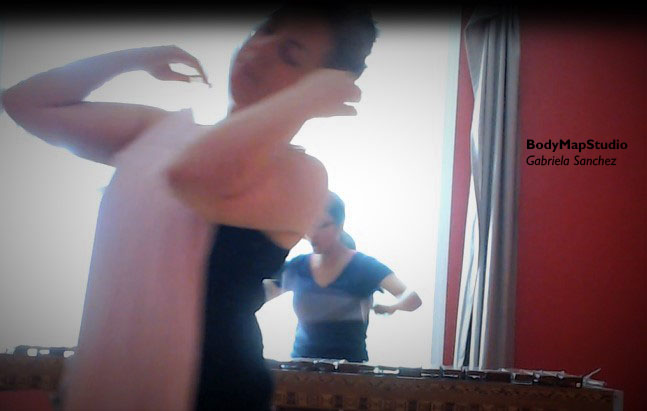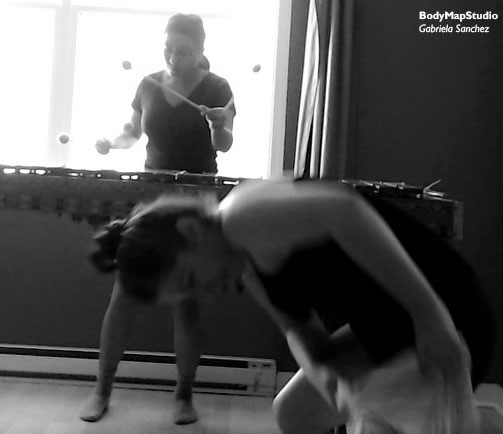
I am excited. This time it is a different type of excitement, different from any other. It’s a first time.
I am a musician and I have been playing music for about 15 years. I love music. I love playing in the orchestra, in a percussion ensemble, and with other instrumentalists. Playing is absolutely exciting, challenging, and addictive, as any other musician would know.
But this time is special because it is the first time I have created a performance and it is based on a research project that took me three years to conduct. The topic is related to Body Mapping, however, this time I decided to link this method to social aspects, more specific to femininity. Body Mapping doesn’t explore this topic in any way and so this is a completely personal idea and initiative.
As a brief explanation, my research analysed how the practice of Body Mapping impacted the performances of the women classical musicians that I interviewed. I studied how characteristics that define femininity affect the body and its movement. In the research process there were questions and a lot of writing; pulling apart and putting together over and over. The final product was a project report and a workbook for women studying Body Mapping; I got a Master’s degree with this research. Diving into other aspects that are not only practicing and performing has enhanced my approach to music-making and my life in limitless ways.
At the end of spring I was asked if I would present about this topic with a performance. I panicked and agreed.
The last three months I have experienced a creative process that, although similar to practicing or getting ready for any concert, was something new for me. It has also been a challenge. My question was: how am I going to present all this material through music? Text is not the same as music, and neither are the more than 100 pages I wrote and the minutes in a performance.
I needed to collaborate and organize this puzzle. All the theory needed to stay within myself, but music, text, movement, dance, percussion, body, and breathing became key words in this performance.
Corie Harnett is my accomplice and we will be moving in and out from the personal to explore the words of the research participants. During the interviews for my research, these professional women musicians told me stories about their bodies, music making, and how the two interrelate. They also told me about their journeys in the exploration of their bodies through Body Mapping. We are using some fragments of these stories to present several findings of the research.

As it was the first time that I wrote so many pages in a second language, it is also the first time that I am performing in this context. This is the first time that I am in charge of performing my ideas, my questions, and my stories too, because at times stories resonate with each other. Certainly, by being involved in this process I have answered questions and discovered an incredible pleasure to create (even with the stressing moments).
“How are we transformed through performing/embodying the words we have written? How are the words transformed through performance?”(Spry, 20011, p. 157)
The performance is next week and like everything, it is an offer, a proposal, and all the process has absolutely enriched my life.
I am fascinated with this topic, but I keep my lessons according to the guidelines of Andover Educators, so we won’t talk about social aspects unless you want. contacto[at]bodymapstudio[dot]com